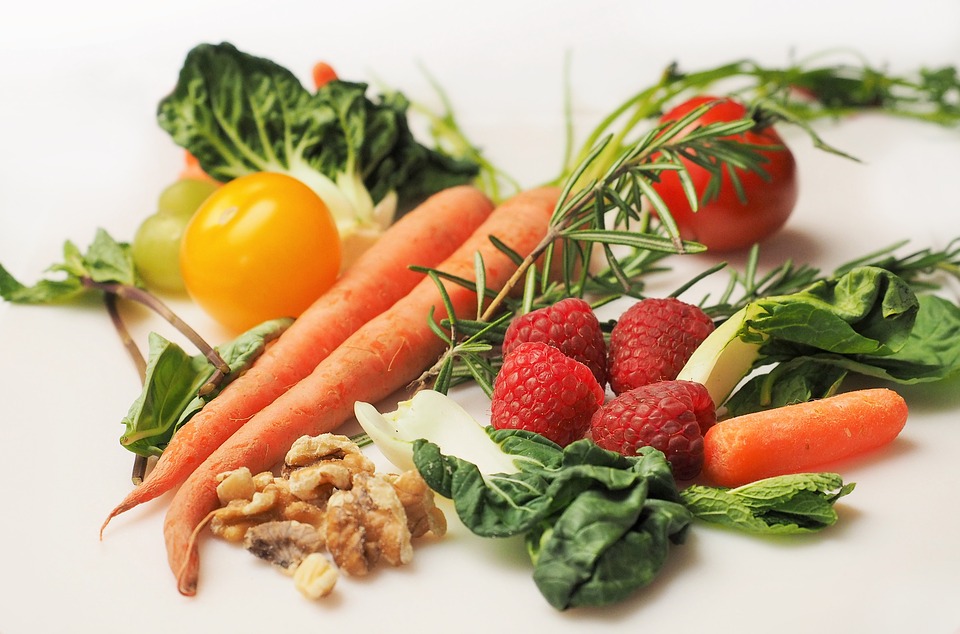We have often heard of this analogy where the human body is compared with a high-performance race car. You know, like a Lamborghini. Now, like the car requires sufficient fuel to run, similarly, we need vitamins in our body. So, now let’s learn more about vitamins.
B vitamin
Niacin (Nicotinic Acid) – a B Vitamin

The enzyme system concerned with the transportation of hydrogen in living cells contains the vitamin niacin and the derivative niacinamide, which performs the same functions as niacin. Chemists have known about niacin for about a hundred years. It was first prepared in 1867 by treating nicotine with nitric acid and the resulting compound was called nicotinic acid. However, it was not until 1937 that it was discovered that this acid is a vitamin and that deficiency in the substance leads to the disease called pellagra. Subsequently, the vitamin was called niacin to distinguish it from its mother compound, nicotine, which is very poisonous.
Folic Acid (Pteroylglutamic Acid) – a B Vitamin

Folic acid received its name because it was first found in leafy vegetables. This vitamin, which has been isolated as yellow crystals, becomes active in the body only after it has been converted into folinic acid. Folic acid is found not only in leafy vegetables but also in mushrooms, yeast, liver and kidneys.
Folic acid deficiency in man results in the failure of bone-marrow elements to form mature red blood cells, bringing about a variety of anemias. The vitamin is so widely distributed in foods that even a restricted diet generally supplies an adequate amount. However, as a result of diseases of the digestive system, a serious deficiency can occur. For instance, the body may not be able to use properly the folic acid derived from the diet.
This vitamin can be given to undernourished patients who suffer from severe diseases, burns, radiation injuries or fractures. Also, folic acid is utilized in the treatment of various anemias. Besides, it is particularly effective in the prevention and cure of sprue, a tropical deficiency disease, whose symptoms are usually anemia and acute diarrhea.
Vitamin C (Absorbic Acid)

Vitamin C is a water-soluble and essential nutrient. It plays an important part in the formation of connective tissue, bone and dentine. The vitamin is stored in the suprarenal gland, pituitary gland, kidney, liver, ovary, eye and other organs. It is released during severe exercise and under certain conditions of intense strain.
Vitamin C deficiency can result in scurvy. There is swelling of the gums, loosening of the teeth, hemorrhages of the skin, mucous membranes, edema and extreme sensitiveness of the skin. In addition, it is believed that vitamin C can also account for certain types of anemia that occur in infancy and in pregnancy. However, a diet rich in citrus fruits and other rich sources of vitamin C may be all that is required to stem the ravages of scurvy.
Generally, vitamin C can be found in both the plant and animal kingdoms. Citrus fruits such as oranges and lemons, berries, green vegetables, cabbages and pears are good sources of the vitamin. Potatoes, carrots, apples and bananas contain less of it but can still provide an adequate amount if eaten in sufficient quantities. Man, monkeys, guinea pigs and certain bacteria are the only living things that must obtain vitamin C from external sources. The other animals and plants synthesize the vitamin in their own bodies. It is especially important that infants, pregnant and nursing women and older people have plenty of this important vitamin in their diet.
Now, unless there is adequate refrigeration, much of the vitamin C content in fruits and vegetables is lost in storage. Moreover, prolonged cooking produces the same effect. In order to be sure of obtaining our full quota of vitamin C, we should eat plenty of fresh fruits and vegetables. In the cooking and caning process, a good amount of the vitamin C content can be kept by excluding oxygen from the food that is being prepared (for example, by using a pressure cooker).
There is more to learn on vitamins, so once you have shared your comments in the section below, don’t forget to come back for the next part of the series.


